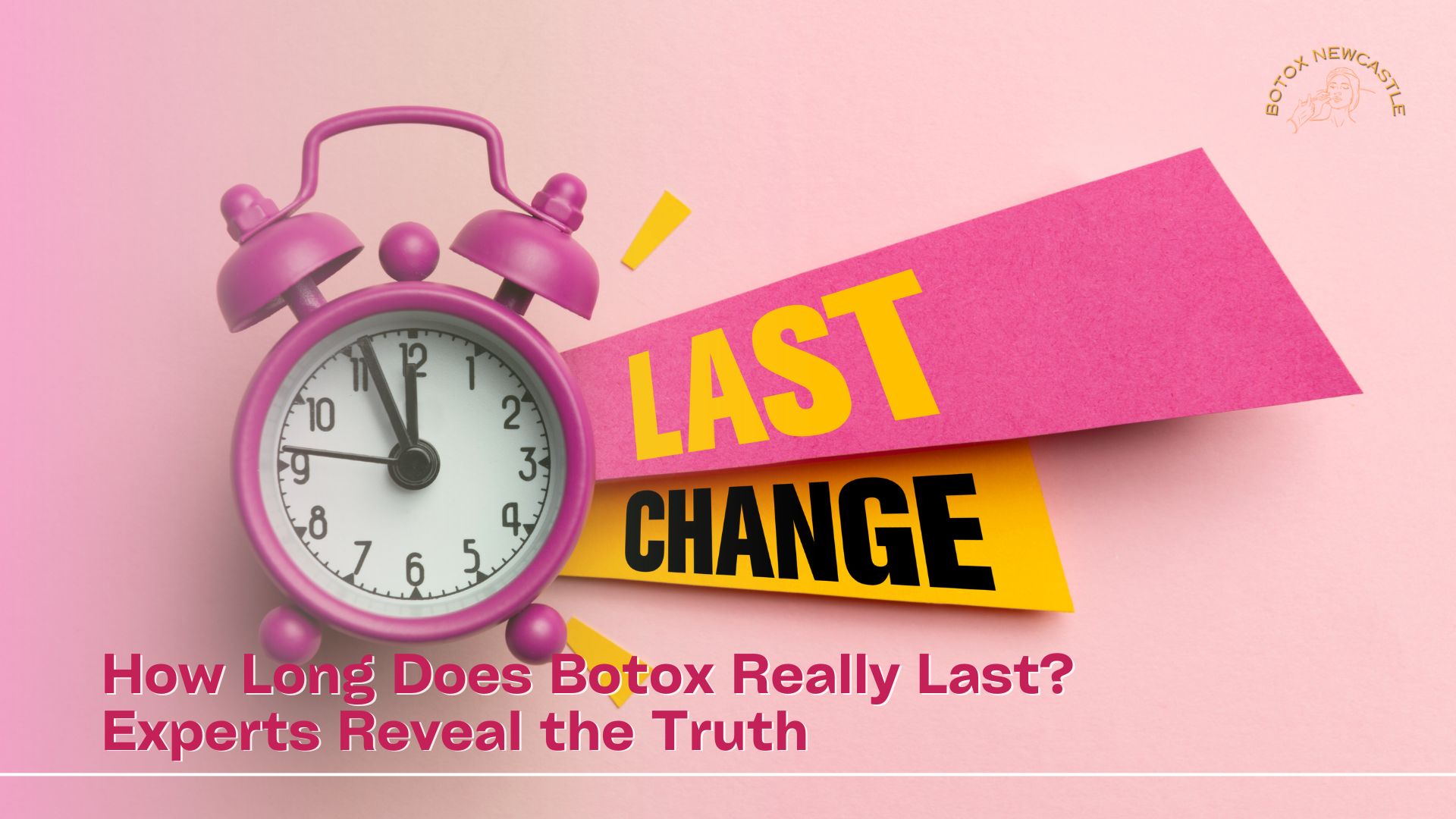
One of the most common questions about Botox is how long the results truly last. Many people notice a smoother, fresher look soon after treatment, but wonder when the effects will begin to fade. While Botox delivers reliable, temporary wrinkle reduction, its longevity can vary depending on your body, lifestyle, and the injection site. Understanding how it works and why it doesn’t last forever helps set realistic expectations for maintaining natural results over time.
Why Does Botox Eventually Wear Off?
Botox works by temporarily blocking nerve signals to specific facial muscles, stopping them from contracting and forming wrinkles. Over time, your body naturally breaks down and removes the botulinum toxin, allowing the nerve endings to reconnect. As this happens, muscle movement gradually returns, and fine lines begin to reappear. This process is completely normal and safe. The temporary nature of Botox makes it flexible and adjustable to each person’s aesthetic goals.
How Long Does Botox Typically Last for Most People?
For most people, Botox lasts between three and four months before movement slowly returns. Some individuals may notice results lasting up to six months, particularly if the treated muscles are small or less active. Metabolism plays a major role; those with faster metabolisms may find Botox wears off more quickly. The amount of product used, the precision of the injections, and your individual muscle strength also influence how long the effects stay visible. Consistent, well-timed treatments help maintain steady results over the long term.
Which Areas of the Face Lose Botox Results Faster?
Certain facial areas tend to lose Botox results more quickly than others. Regions with strong or frequently used muscles, such as the forehead or around the eyes, often return to movement sooner. Areas like the crow’s feet or frown lines may need more regular maintenance compared to smoother regions. Smaller injection sites, such as around the mouth or chin, can also metabolise the product faster. Understanding these differences helps plan your treatment schedule more effectively for lasting smoothness.
What Lifestyle Factors Can Shorten or Extend Botox Results?
Lifestyle choices can make a noticeable difference in how long Botox lasts. High-intensity exercise, frequent sun exposure, or smoking can all speed up the breakdown of the treatment. Conversely, gentle skincare, proper hydration, and daily sun protection help prolong results. Stress management and balanced nutrition also contribute to healthier skin and more stable outcomes. The goal isn’t to change your lifestyle completely, to support your results through healthy, consistent habits.
How Often Should You Schedule Maintenance Treatments?
Most professionals recommend scheduling Botox top-ups every three to four months to maintain consistent results. Regular appointments help prevent wrinkles from fully returning, keeping the skin smooth and refreshed over time. Skipping sessions won’t cause harm, but the treated areas will eventually return to their natural state. Some clients prefer slightly longer intervals to maintain subtle movement, while others follow a steady routine to preserve a continuously youthful appearance. Your practitioner can tailor the timing to match your preferences and skin needs.
Does Botox Last Longer the More You Get It?
Over time, Botox can last longer for those who maintain consistent treatments. When muscles remain relaxed for extended periods, they often become less active, meaning fewer contractions and slower wrinkle formation. This can lead to smoother, longer-lasting results even between sessions. However, the effect isn’t permanent, as muscle function eventually returns. Ongoing, well-planned maintenance is the key to maximising Botox’s longevity safely.
What Do Experts Say About Making Botox Last Longer?
Experts agree that small adjustments to treatment habits can help extend the benefits of Botox. Choosing a qualified practitioner ensures precise placement and optimal dosing, which directly affects how evenly and effectively it wears off. Following aftercare instructions and avoiding heat, pressure, or massage immediately after treatment also helps. Good skincare, adequate hydration, and sun protection maintain skin elasticity, allowing Botox to perform at its best. Ultimately, lasting results depend on both professional expertise and personal care.
Final Thoughts: Understanding Botox Longevity with Realistic Expectations
Botox isn’t permanent, but its temporary nature is part of what makes it so versatile and safe. For most people, results last around three to four months, influenced by muscle activity, metabolism, and lifestyle. Regular treatments can gradually make results more consistent and long-lasting, especially when paired with good skincare and professional guidance. Understanding the difference between Botox and fillers can also help you set realistic expectations and choose the best approach for your aesthetic goals. When managed thoughtfully, Botox remains one of the most effective ways to keep wrinkles at bay without changing who you are.
